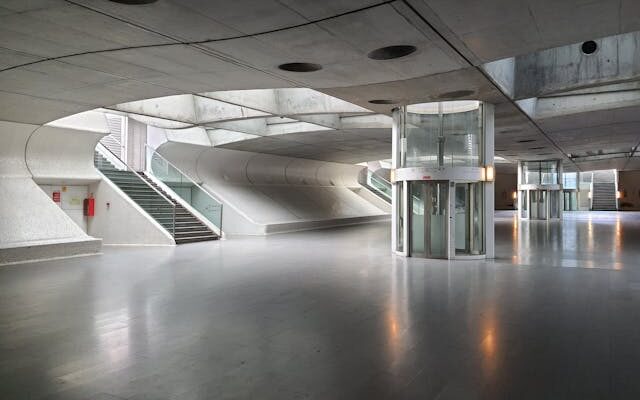The demand for accessible living spaces are on the rise and many designers and architects are looking for ways to improve mobility within residential environments. Domestic lifts are now an essential feature in modern architectural plans.
The main reason that domestic lifts Adelaide are incorporated into architectural plans is to improve mobility and accessibility within residential properties. And if you are a homeowner with mobility challenges or you have elderly individuals that are living with you, it can be quite difficult to navigate stairs. This can be especially challenging when there are individuals with disabilities. But with the addition of domestic lifts, you have a safe and efficient way to reach the upper levels of the house. You can access all areas of your home regardless of your physical ability. And this will promote inclusivity and autonomy. Ageing in place is a trend in residential design. Many homeowners want to remain in their own house when they grow older. And this requires incorporating domestic lifts into architectural plans. This will help create age friendly living environments so that the independence of the home occupants can be promoted. Architects are able to future-proof residential properties with this so that the occupants are able to live comfortably and safely as they age.

Universal design principles are used to prioritise accessibility
And this has guided the use of domestic lifts in architectural plans. Space optimisation can be achieved with domestic lifts as well. Traditional staircases need a lot of floor space and it can restrict your floor layout options. But domestic lifts will occupy a minimal footprint only and this allows architects to maximise usable floor area so that the layout of the house can be optimised. This is particularly beneficial when it comes to smaller houses or houses in urban settings where space is at a premium. A more flexible and versatile living space can be created with the addition of domestic lifts and this will ensure that the house design meets the diverse needs of the homeowners. There are some challenges in incorporating domestic lifts as well. You need to ensure seamless integration and the lift should be in harmony with the architecture and overall design of the home. Some of the factors considered in this are the size, placement and aesthetics of the domestic lift. This way, the domestic lift will be able to blend into the existing architectural context easily so that the overall aesthetic vision of the house can be improved.

When incorporating the lift into the plan,
You need to make sure that it is easily integrated into the existing circulation spaces. You can also incorporate design elements in the domestic lift that will harmonise with the surroundings. There are many customisation options in domestic lifts as well. You can select sleek and modern designs if you have a more minimal house. Ornate or traditional styles of domestic lifts are also available. When personalising the domestic lifts, you can consider the finishes, configurations and features so that it can match the architectural style of the house.




